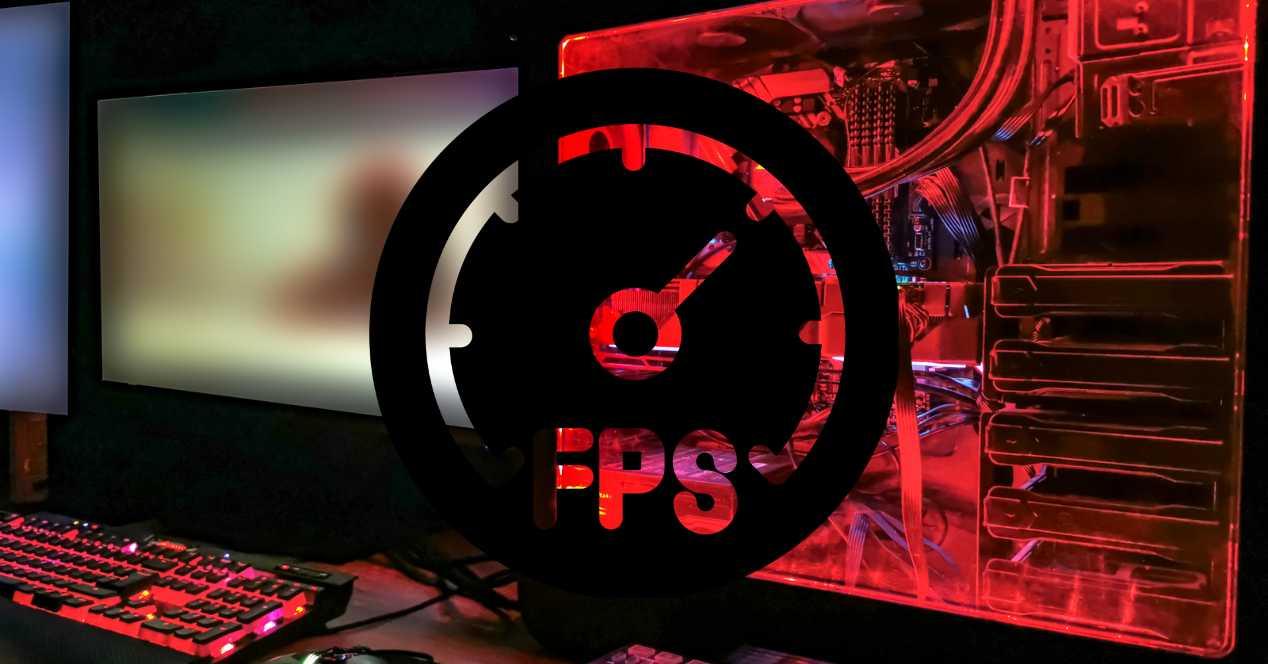The lack of optimization of PC games compared to console games is a fact, even if we are not going to dwell on it in this article, since we cannot do anything about everything that does not depend on us either. What can be done, as users, is to change the things that are in our hands. This is why we are going to talk about how to configure your pc for better performance and for you to be able to play games better, without having to update your computer.
We’ve all had to tweak a game’s configuration several times until we get unsatisfactory performance and visual quality. However, many options have names that sound like a Martian to most users. What does the acronym AO stand for? What is an anisotropic filter? And many more. Well, in what you will read below, you will not find any definition about it, but you will learn that the graphics options, if configured incorrectly, can worsen the performance of games.
This is how you can win performance games
There are several reasons why your games might perform better and aren’t, and going game by game is a waste of time. This is why we recommend that you always use the NVIDIA Control Panel if you are a GeForce RTX or GTX user to change some settings in the general game settings. The same can be said for the AMD Radeon application. Concretely, you must activate the options that allow low latency, this will reduce the time that certain components take to do their job and you will see that the games will gain in fluidity. It is especially important to enable Low Latency Mode on NVIDIA and Radeon Anti-Lag on AMD.
Activate game mode to play comfortably
Another general change is to enable Game Mode in Windows 10 and 11, which will close several background apps and services and even disable notifications from different apps. To access it, nothing could be simpler:
- Click on the Windows menu or press the ditto key between left CTRL and ALT.
- select setup
- Click on games and from there you can enable game mode.
On the other hand, remember to keep the drivers updated and make sure there are no extra apps you don’t need running in the background. Before playing the game, we recommend that you save all your work, close all applications and relax completely. In most games, you’ll be interacting in full screen, so there’s no point in keeping those apps open.
What settings to monitor in games?
In the menu of each game we have to activate and deactivate options to find the one that gives us the best performance. The problem is that some of them overload the graphics card, either because you don’t have enough memory or they overload the GPU.
Anyway, if a game is malfunctioning, before lowering the resolution, look at the usual suspects which are:
- The type of anti-aliasing.
- The quality of lighting and shadows is the crucial point, finding the exact point between quality and performance is something that you will have to test several times.
- Beware of V-Sync, if it prevents tearing it adds latency.
- If your graphics card has less memory than the game recommends, lower the texture quality.
- If your game allows it, enable DLSS or FSR, you’ll appreciate the extra performance.
We are aware that these are very basic options for those of you who are more enthusiastic, however, we consider it important that everyone knows how to configure their games in a basic way and see what elements to adjust.










